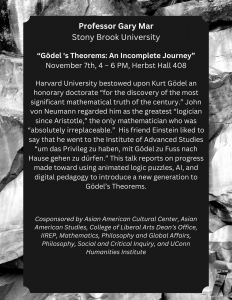Teresa Kouri Kissel
Ferrari and Orlandelli (2019) propose that an admissibility condition on a proof-theoretic logical pluralism be that the logics in question must be harmonious. For them, this means that they must have connectives which are (a certain brand of) unique and conservative. This allows them to develop an innovative pluralism where the admissible logics are both useful and balanced, which shows variance on two levels: the level of validity and the level of connective meanings.
Here, I will show that we can extend the system one step further, and induce a three-level logical pluralism, which better fits the criteria of usefulness and balance. The first and second levels remain as suggested by Ferrari and Orlandelli (2019), but we can allow for multiple notions of uniqueness in the definition of harmony, or multiple notions of harmony. Either of these options generates a pluralism at the level of our admissbility conditions. This generates a pluralism at three levels: validity, connective meanings, and admissibility conditions. But it still preserves the spirit of Ferrari and Orlandelli (2019): balance and usefulness remain the admissibility constraints across the board.
